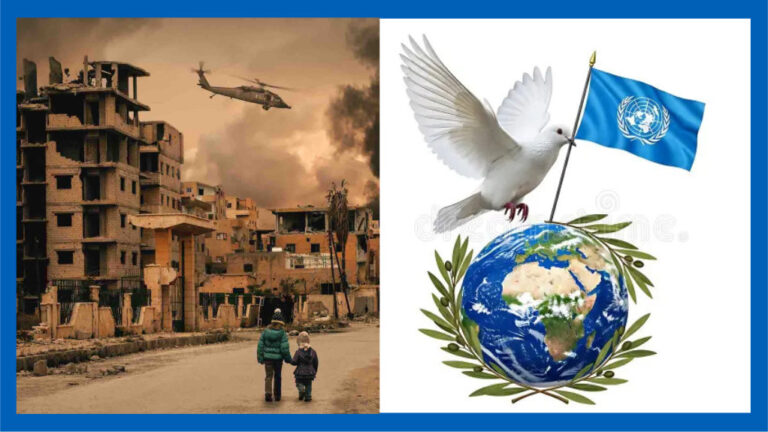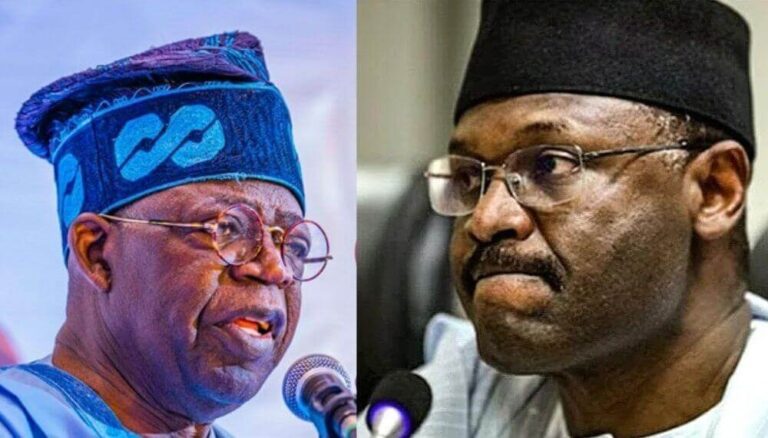
South Africa Targets Apartheid-Era Crimes: New Cradock Four Inquiry Opens
South Africa targets apartheid-era crimes through the newly launched Cradock Four inquiry, bringing back to public view one of the most notorious apartheid-era killings. On June 19, 2025, a judicial investigation led by a retired judge began in Gqeberha. The proceedings revisit the brutal abduction, torture, and murder of four Black anti-apartheid activists—Fort Calata, Matthew Goniwe, Sicelo Mhlauli, and Sparrow Mkonto—in June 1985.
The Cradock Four inquiry aims to piece together unresolved facts and acknowledge the role of apartheid security forces. Families hope the document trail, witness testimonies, and public record will provide closure—if not prosecutions.
Who Were the Cradock Four?
The Cradock Four inquiry shines light on activists who played crucial roles in Eastern Cape’s resistance. On June 27, 1985, police arrested them at a night roadblock near Cradock (now Nxuba). After being tortured, they were murdered and their bodies burned. Initial inquiries in 1987 and 1993 attributed the killings to “unknown persons” or unnamed security forces, with no prosecutions. Six officers were denied TRC amnesty in 1999, but none faced trial
Why This Inquiry Matters Now
South Africa targets apartheid-era crimes not just symbolically, but to answer long-overlooked questions. Families sued the government in January 2025, alleging post-apartheid administrations stifled investigations . The lawsuit demanded 167 million rand for memorial and prosecution efforts. As part of a settlement, President Cyril Ramaphosa ordered a judicial commission into whether ANC-led governments blocked TRC referrals and stalled justice since 1999
The Ramaphosa justice push reflects mounting pressure to address a legacy of unapplied accountability. This inquiry is the first judicial response to families’ claims that successive governments intervened to suppress prosecutions .
First Day Testimonies
On June 19 in Gqeberha, survivors and relatives delivered emotional testimony — notably Nombuyiselo Mhlauli and Thumani Calata. Nombuyiselo spoke of her husband’s mutilated body. Thumani recounted her loss of a father she never met. Advocates stressed this inquiry is the “last chance to know the truth,” anticipating more sessions until October.
Judicial Powers and Limitations
The inquiry can collect facts and recommend next steps, including referring evidence for criminal charges. But it cannot award damages or compel prosecution. Families—while welcoming the platform—have criticized the lack of reparative or punitive authority.
Still, the Cradock Four inquiry marks a unique public reckoning after nearly four decades.
Government & Political Context
President Ramaphosa launched this initiative after a team of 25 claimant families stimulated judicial and legal momentum. The hearing builds on earlier efforts (e.g., a 1987 multipronged inquest) and follows earlier ANC government decisions to avoid prosecutions in favor of national reconciliation.
The renewed scrutiny questions ANC governments’ priorities post-apartheid. The inquiry also considers broader patterns, like parallel reopening of inquiries into the 1993 Highgate Hotel shooting and 1967 death of ANC leader Albert Luthuli.
Wider Implications for Justice and History
This judicial process may lead to a clearer record of apartheid violence and affirm that state agents—no matter how long dead—do not escape scrutiny. The inquiry also tests South Africa’s democratic growth and ability to confront historical injustices.
Importantly, South Africa targets apartheid-era crimes signal steps toward healing. The inquiry validates victims’ suffocating demands for transparency and accountability. Even if prosecutions remain legally improbable, documenting truth may form the basis for reparations and historical recognition.
Expert Views & Analysis
Oscar van Heerden, a UJ political analyst, emphasized the importance of criminal prosecutions post-TRC amnesty refusal. He noted:
“Where there wasn’t sufficient evidence to warrant forgiveness … those were cases that were supposed to be formally charged … None of that happened.”
Families’ lawyer Howard Varney expressed hope that this process will produce an official record of responsibility, even if the accused are deceased
What’s Next?
Hearings will continue through October, visiting key sites linked to the abduction and torture. The inquiry will call surviving officials and military officers. Afterwards, the judicial commission will publish findings and recommendations, potentially prompting criminal referrals or calls for reparations.
Following this, attention will turn to whether the government enacts recommendations, such as prosecuting officials or allocating funds for victims’ memorials and support.
Final Thoughts
South Africa targets apartheid-era crimes with the Cradock Four inquiry. It revives hope for truth, accountability, and historical clarity. While the legal road to prosecution remains narrow, the inquiry is a watershed in transitional justice.
This reopening not only addresses a horrific past—it also tests South Africa’s democratic integrity and commitment to justice, no matter how old the wounds. For the families, it represents a public acknowledgment of suffering and a long-overdue step toward national healing.





